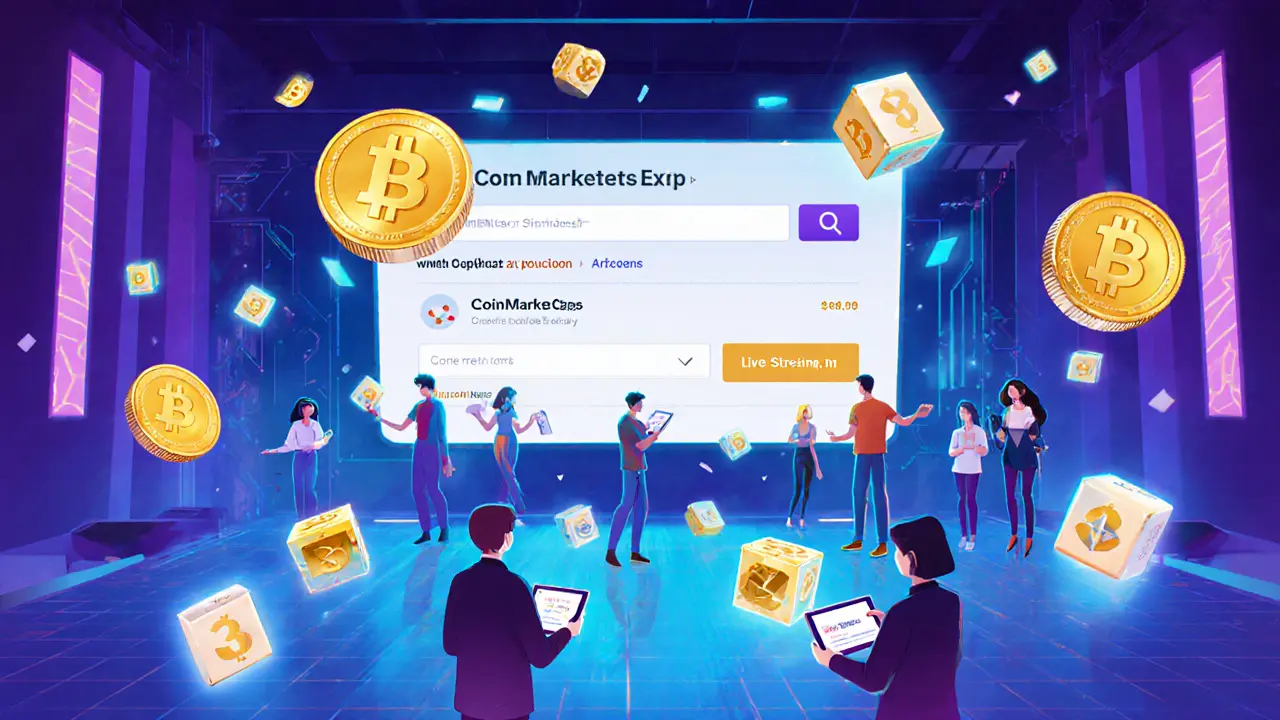The MOBOX BSC GameFi Expo III airdrop in 2021 distributed up to 4,500 MBOX tokens to participants who completed educational tasks. Learn how it worked, why it was different, and what users gained long-term.
Binance Smart Chain Airdrop: How to Find Real Rewards and Avoid Scams
When you hear Binance Smart Chain airdrop, a free token distribution on the Binance Smart Chain network, often tied to new projects or community growth. Also known as BSC airdrop, it’s one of the most common ways new crypto projects hand out tokens to attract users — but not all of them are real. Many claim to be BSC airdrops, but only a few actually deliver. Some are just traps designed to steal your wallet info or trick you into paying gas fees for nothing.
Real Binance Smart Chain, a blockchain network built to be faster and cheaper than Ethereum, supporting smart contracts and decentralized apps. Also known as BSC, it’s popular for airdrops because transaction fees are low and setup is simple airdrops usually require you to hold a specific token, join a Telegram group, or follow a project on Twitter. They don’t ask for your private key. They don’t ask you to send crypto first. And they don’t promise instant riches. Projects like PRIVATEUM GLOBAL (PRI), a privacy-focused token built on Binance Smart Chain that offers fast, low-cost transactions and RACA Radio Caca, a meme-based project that ran a BSC airdrop tied to its metaverse ecosystem used real, verifiable methods to distribute tokens — no hype, no hidden fees.
But then there are the fakes. The ones with no whitepaper, no team, no code on GitHub. The ones that vanish after the airdrop list closes. You’ll see them everywhere: "Claim 10,000 ORT coins now!" or "Get free SPAY tokens by connecting your wallet!" — but those tokens don’t exist. Binance Smart Chain airdrop scams are rising because the network is easy to use, and people are desperate for free crypto. The good news? You don’t need to guess. Check if the project is listed on CoinMarketCap or CoinGecko. Look for verified social accounts. See if real users are talking about it on Reddit or Discord. If it’s too good to be true, it’s not a BSC airdrop — it’s a trap.
What you’ll find below are real case studies — the airdrops that worked, the ones that crashed, and the ones that never existed. You’ll learn how to spot the difference, which wallets to use, what gas fees to expect, and how to avoid losing money on fake claims. No fluff. No promises. Just what actually happened — and how to protect yourself next time.
